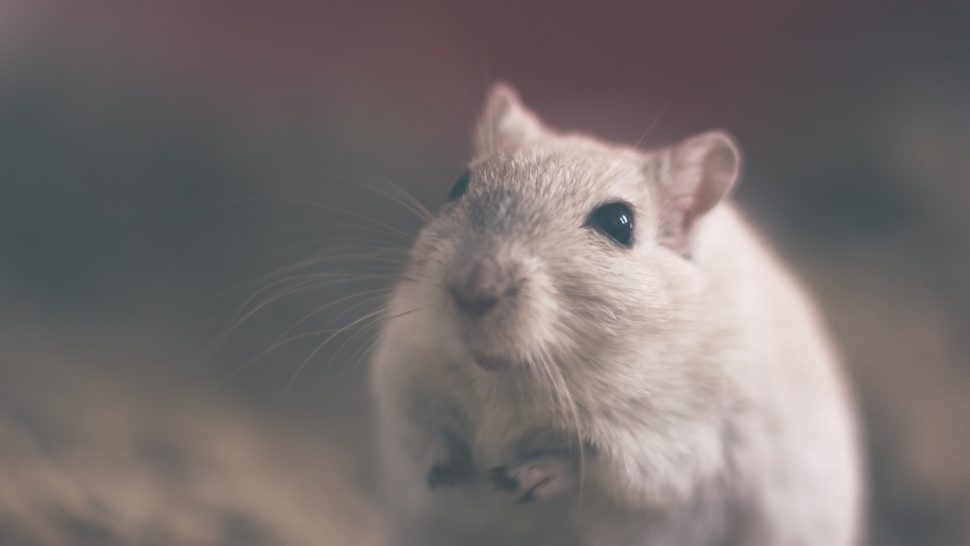A government agency in the U.S. is proposing the deployment of 1.5 tons of rat poison to limit the spread of the rodent in the Farallon Islands.
Life on the island 30 miles off the coast of San Francisco could be a nightmare for most humans. Whether it’s the putrid stench of guano in the air, the loud screech of seagulls, or the treacherous force of the waves, life at Farallon island can be difficult for humans.
Besides, the island is host to tens of thousands of house mice. And according to the U.S. Fish and Wildlife Service (FWS), the invasive species is wreaking havoc on the native ecosystem.
Aside from attracting burrowing owls and a rare type of bird called Storm-petrels to feed, the rodents also lure different kinds of insects. Biologists are even saying that the mice enabled the spread of an invasive plant species.
Now the scientists are proposing that the best course of action is to eliminate the rodents.
In an Environmental Impact Statement, the FWS wrote:
“Eradicating invasive mice is expected to benefit native seabirds, amphibians, terrestrial invertebrates, and plants and will help restore natural ecosystem processes on the islands. Eradicating house mice would eliminate the last remaining invasive mammal species on the Refuge, enhancing the recovery of this sensitive ecosystem.”
After considering several possible ways to get rid of the rodent, the FWS concluded that brodifacoum – a form of rat poison is the most efficient method.
Rat Poison Poses a Danger to Other Species
Although several conservationists agree that the mice population should be controlled, a few disagree with the proposed method. They believe that poison could lead to collateral damage that could hurt other species.
Speaking to KCBS Radio, conservationist and environmental educator, Maggie Sergio noted:
“It would be horrendous. Any animal that comes in contact with the poison pellets themselves will be impacted. Any animal that comes in contact with the dead mice will be affected.”
However, the FWC noted that any poison dropped in the water would either dissolve quickly or sink to the bottom. Also, the crew would have to remove specific endangered birds until the risk of ingesting the poison decreases.
In a statement to Los Angeles Times, FWS spokesman Doug Cordell said:
“If we didn’t believe this option was going to benefit the islands dramatically, and safely and effectively, we wouldn’t be recommending it.”
If the Environmental Protection Agency and National Oceanic and Atmospheric Administration approve the proposed rat poison plan, helicopter crew will start dropping the pellets over Farallon Island next year.







Comments (0)
Least Recent